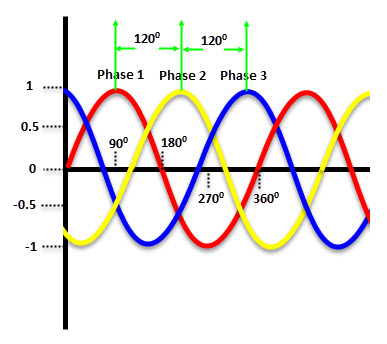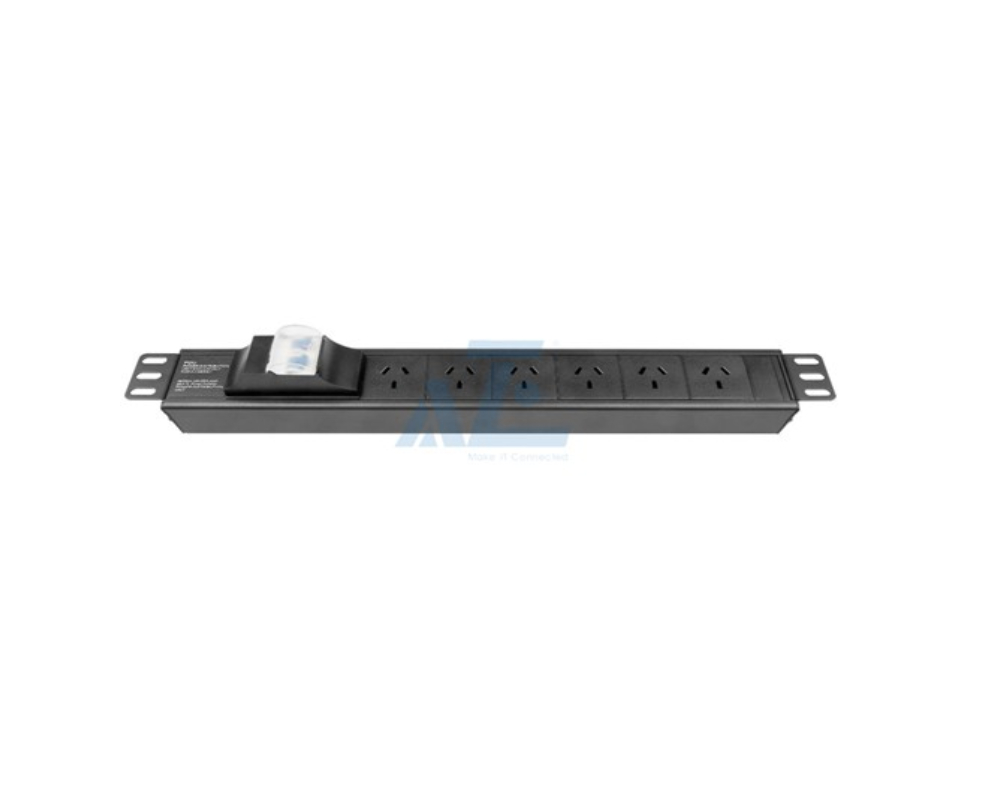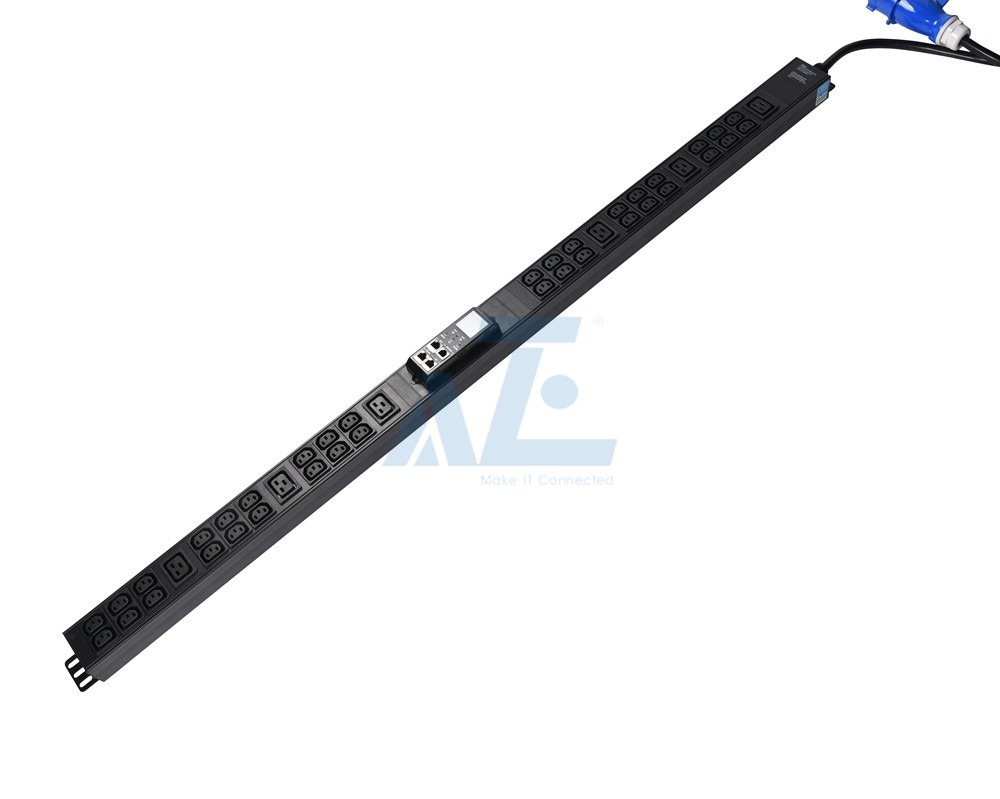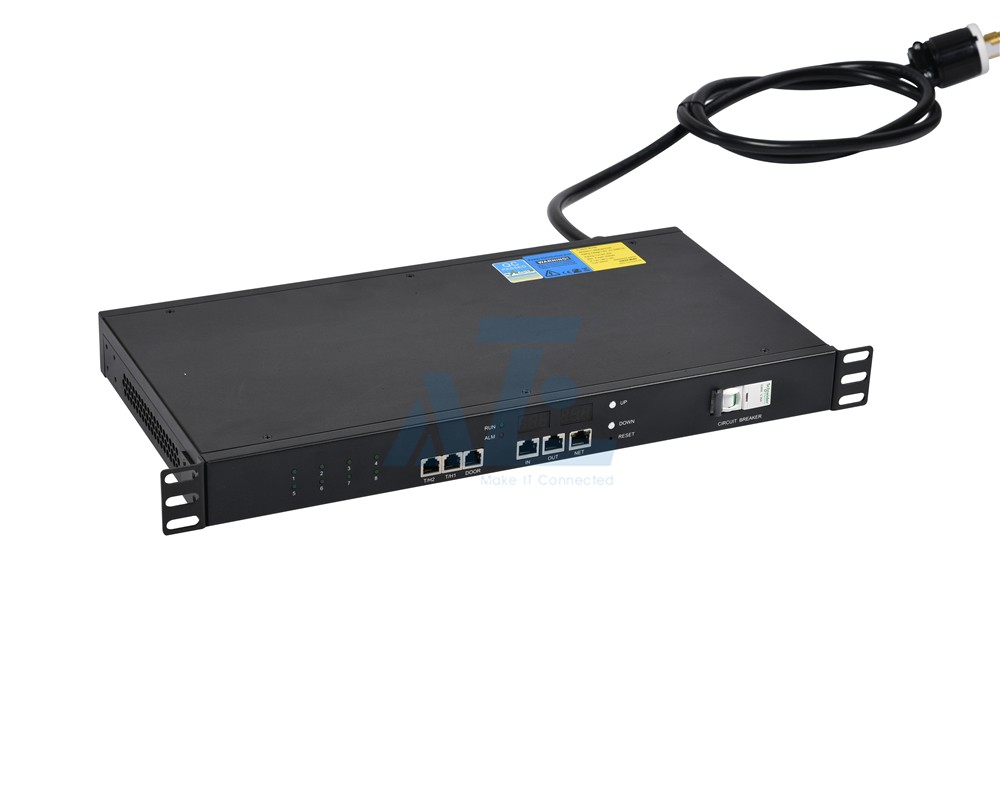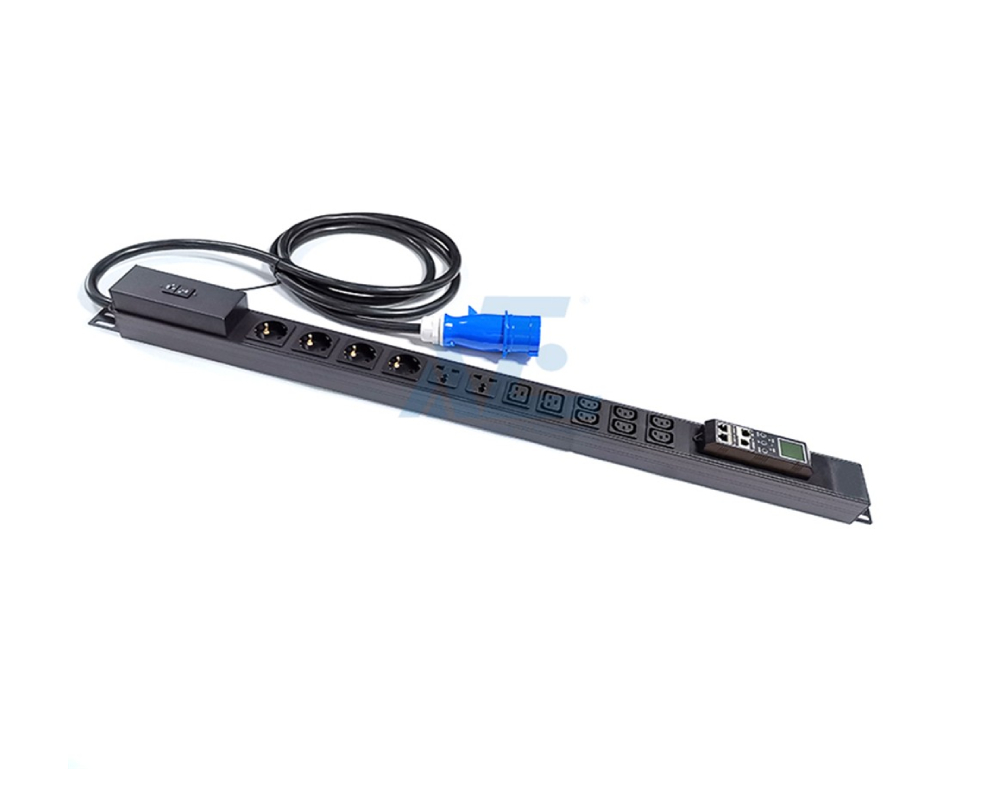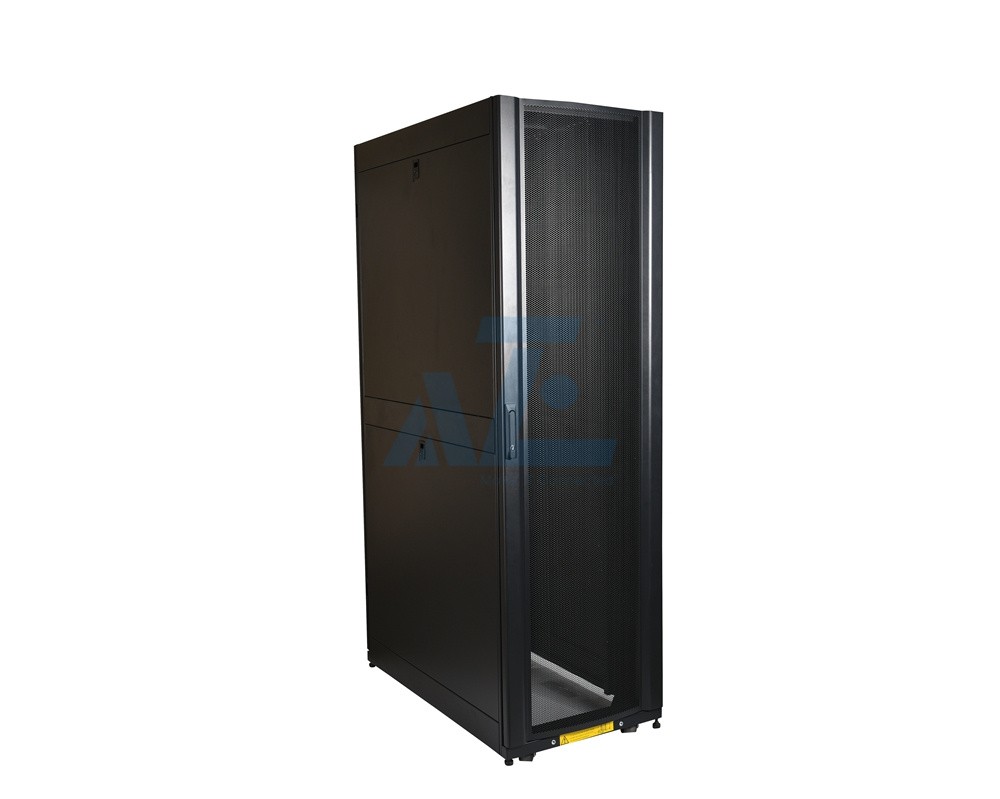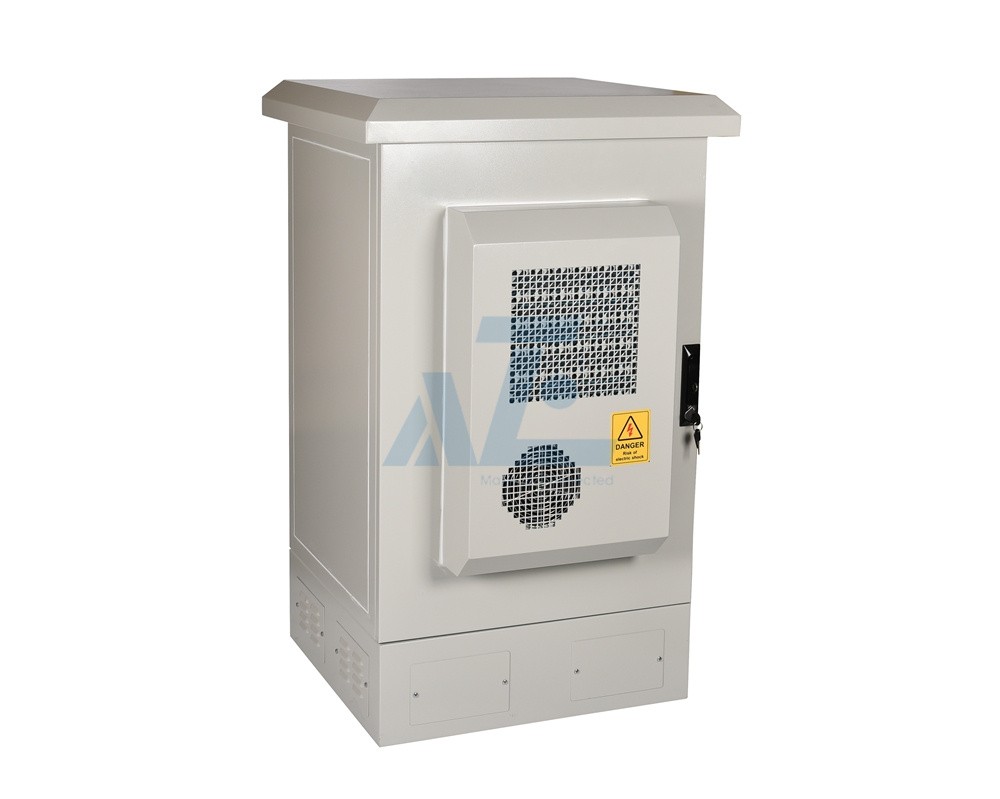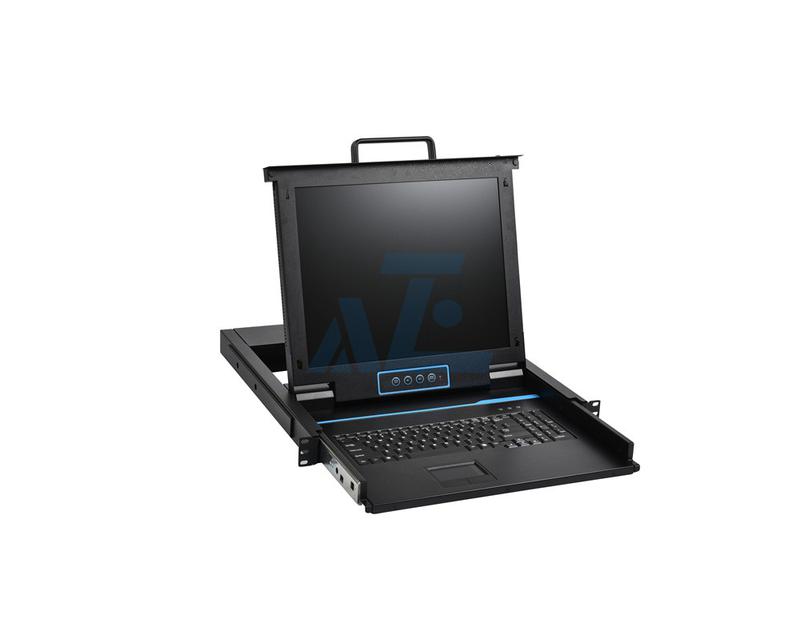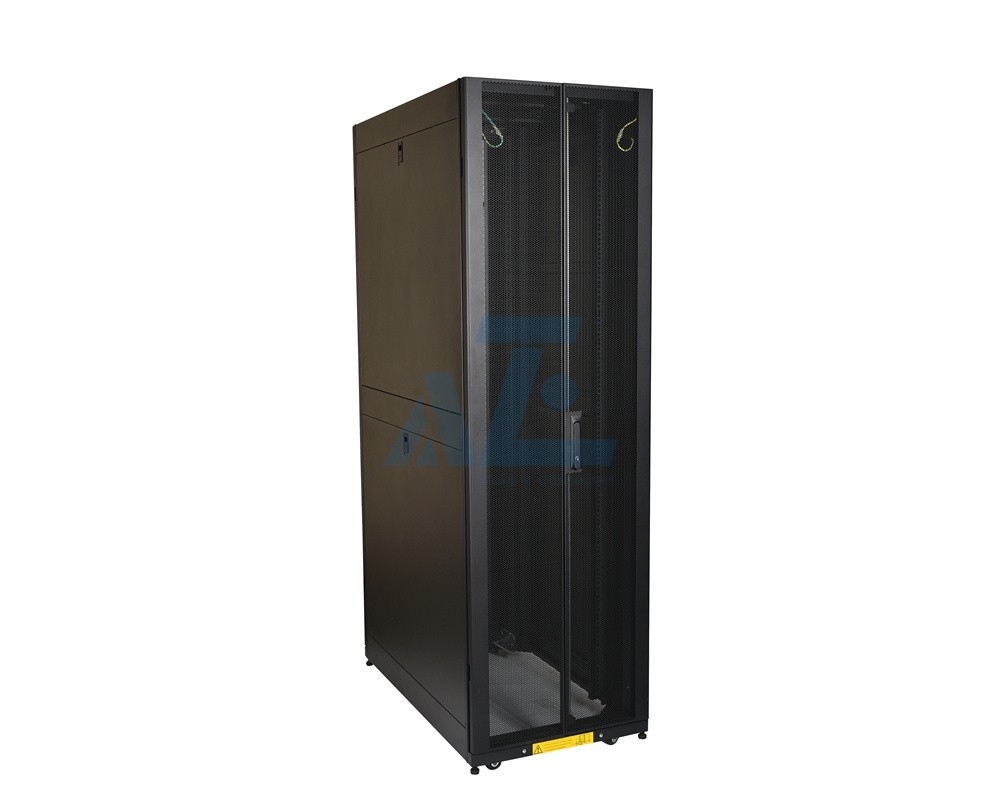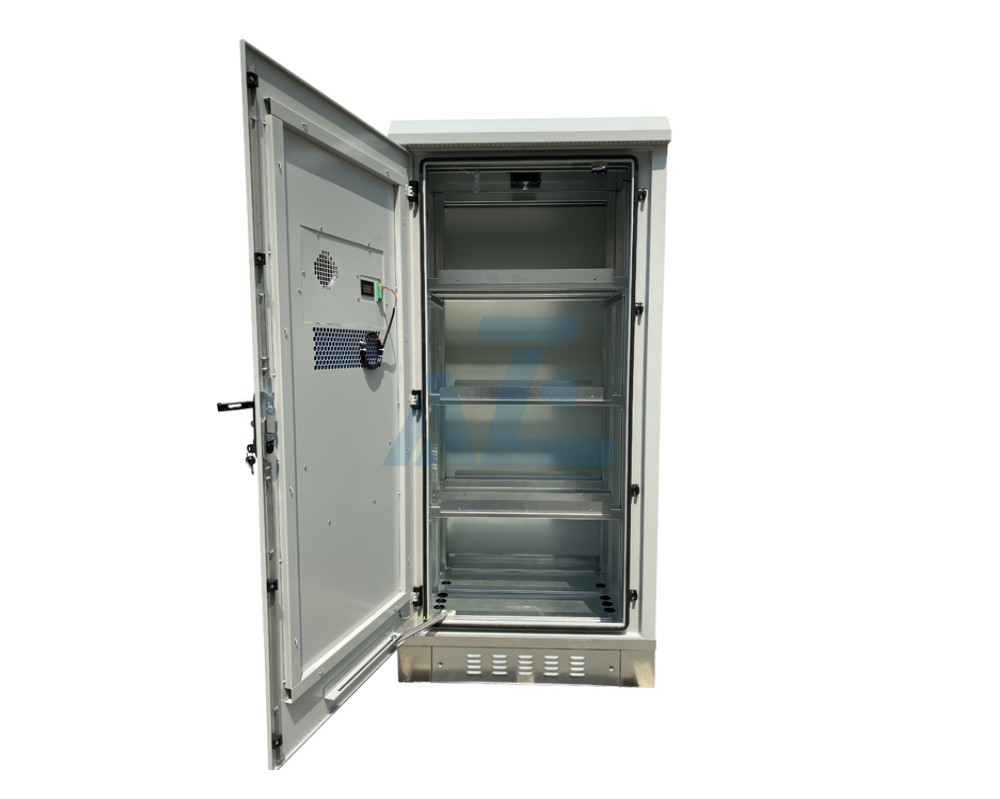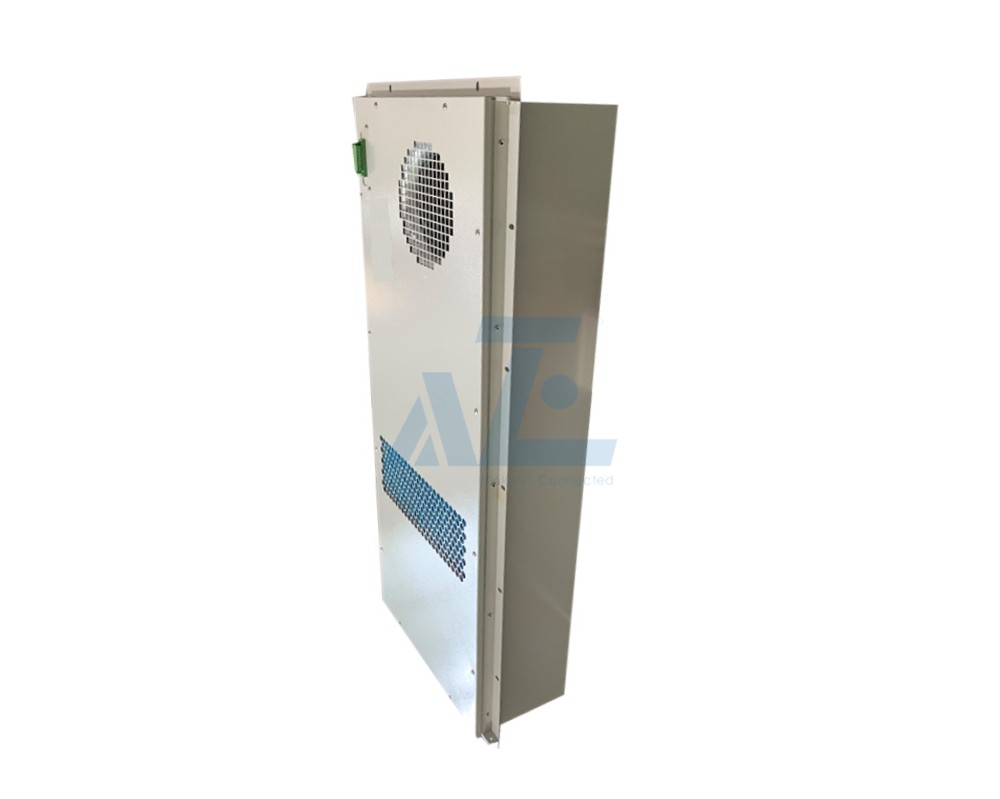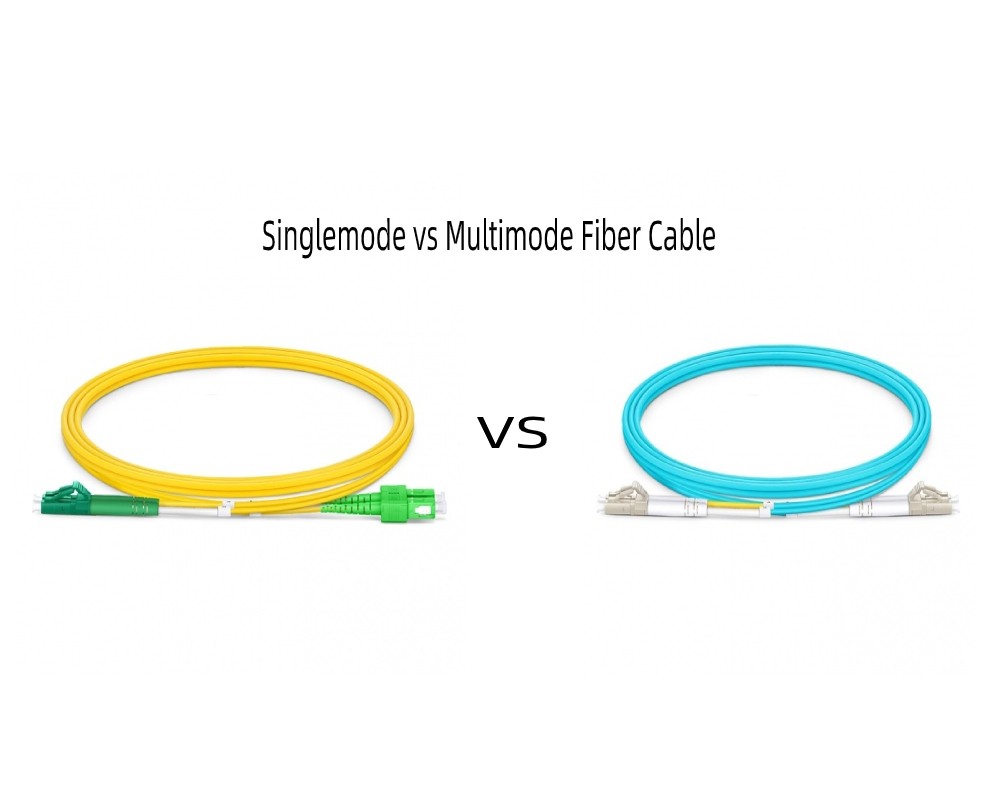Single vs Three Phase Power Distribution
Single vs Three Phase Power Distribution
Jun 11 , 2021The phases of a PDU, such as a single-phase PDU or a three-phase PDU, describe the number of electrical phases that a PDU receives and transmits. Three-phase power is used by large power consumers, such as colocation data centers and hospitals, because that is the most efficient way to transport the large volumes of electricity required for those facilities. Single-phase power is used by smaller power consumers, such as small and medium businesses, schools and most office buildings.
Electricity is the single most important resource in a data center, as it’s needed for powering every system — from the servers on the floor to the lights overhead. Often the differences between a single phase PDU and a three phase PDU are not as complicated as they may seem, and even more often a 3 phase PDU is the right fit.
At the same time, electricity is incredibly expensive, dangerous, and easy to mismanage — especially when considering the sheer volume of power that is typically used. Some facilities, after all, use enough electricity to power hundreds of thousands of homes. Even though energy efficiency is now top of mind for data center administrators, there’s no getting around the fact that data centers consume a great deal of power. As such, it’s vital to have the correct underlying power distribution system in place before moving in and setting up any equipment.
Many customers, however, are still asking whether they should use single or three-phase rack mount PDUs in their data centers. This article will explore the basic differences between the two systems.
What makes these systems different?
Single-phase power systems distribute up to 120V of alternating current. This current is distributed over two wires: A single, active conductor and a neutralone. The current changes size and direction at regular intervals. Single-phase wires are usually grounded at the switchboard.
These systems are mostly used in residential settings that have small workloads. They are rarely used in data centers today, as the majority of cabinets are too dense and require more electricity than single-phase systems can provide. And this is where three-phase systems come into play.
What makes three-phase power distribution the better choice for data centers? Three-phase power systems are comprised of three alternating currents, each varying in phase by 120 degrees.
What is Single Phase Power Supply?
in a Single Phase Power Supply, the power is distributed using only two wires called Phase and neutral. Since AC Power takes the shape of a sinusoidal wave, the voltage in a single phase supply peaks at 900 during the positive cycle and again at 2700 during the negative cycle.
The phase wire carries the current to the load and the neutral wire provides the return path of the current. Usually, the single phase voltage is 230V and the frequency is 50Hz (this depends on where you live).
Since the voltage in a single phase supply rises and falls (peaks and dips), a constant power cannot be delivered to the load.
- Single phase electricity is used in most homes and small businesses
- Able to supply ample power for most smaller customers, including homes and small, non-industrial businesses
- Adequate for running motors up to about 5 horsepower; a single phase motor draws significantly more current than the equivalent 3-phase motor, making 3-phase power a more efficient choice for industrial applications
What is Three Phase Power Supply?
A Three Phase Power Supply consists of three power wires (or the three phases). Additionally, depending on the type of the circuit (which there are two types: Star and Delta), you might or might not have a neutral wire. In a three phase power supply system, each AC Power Signal is 1200 out of phase with each other.
In a three phase power supply, during one cycle of 3600, each phase would have peaked in voltage twice. Also, the power never drops to zero. This steady stream of power and ability to handle higher loads makes a three phase supply suitable for industrial and commercial operations.
- Common in large businesses, as well as industry and manufacturing around the globe
- Increasingly popular in power-hungry, high-density data centers
- Expensive to convert from an existing single phase installation, but 3-phase allows for smaller, less expensive wiring and lower voltages, making it safer and less expensive to run
- Highly efficient for equipment designed to run on 3-phase
Difference between Single and Three Phase Power Supplies
Let us now take a look at the difference between single phase and three phase power supplies.
- In a single phase power supply, the power is supplied through two wires called Phase and neutral. In three phase power supply, the power is supplied through three wires (four wires if neutral wire is included).
- The voltage of single phase supply is 230V whereas it is 415V in a three phase supply.
- For the same amount of power, a single phase supply requires more wire that that of a three phase supply.
- The efficiency of a three phase power supply is significantly higher than a single phase supply and the power transfer capability is also more.
- Since a single phase power supply uses only two wires, the overall complexity of the network is less when compared to a four wire three phase supply (neutral included).
| Feature | Single Phase | Three Phase |
| Definition | Single phase power supply operates using a single conductor | 3 phase power supply operates using three conductors |
| Wave Cycle | It has only one distinct wave cycle | It has three distinct wave cycles |
| Connection of Circuit | Need just a single wire to connect with the circuit | This power phase requires three wires for connection with the circuit |
| Output Voltage Levels | Delivers a voltage level of almost 230V | Delivers a voltage level of almost 415V |
| Phase Name | The phase name of the single phase is split phase | There is no specific name for this phase |
| The ability of Power Transfer | It has minimum capacity for the power transmission | This phase holds the maximum capacity for transmission of power |
| Circuit Complexity | 1 phase power supply can be constructed simply | The construction of this is complicated |
| The occurrence of Power Failure | There will be a frequent failure of power | No power failure happens |
| Loss | The loss in single phase is maximum | The loss in the 3 phase is minimum |
| Efficiency | It has minimal efficiency | It has maximum efficiency |
| Cost | It is not expensive than 3 phase power supply | It is a bit costly than single phase |
| Applications | Used for home applications | Three phase power supply is used in huge industries to run heavy loads. |
Single-phase or three-phase power?
| Single-phase advantages | Three-phase advantages |
|---|---|
| The standard for locations where three-phase power is unavailable. | Can help balance the loads on the utility power of the building. |
| Usually easier to distribute power in low kVA and low-density applications. | Usually easier to distribute power in higher kVA and high density rack applications. |
| Allows for smaller amperage electrical devices within the solution (breakers, wiring, panels, etc.). |
Do You need a Three-Phase Power Supply?
Depending on your requirement, your power distribution company will suggest either a single-phase power supply or a three-phase power supply. For small homes and shops, a single-phase supply is sufficient.
Since we don’t have direct three-phase devices, what the power distribution company does is that the three-phases from the three-phase supply are given as three separate single phase supplies. For example, if you have three bedrooms with three ACs, then each room will be provided with a different phase.But if you have a large home with three to four air conditioning units (all might run at a same time), water heaters, big submersible pump, washing machine, double-door refrigerator etc., then you might need a three-phase supply so that load on each phase is distributed properly.
It is common for apartments and communities to have dedicated transformers so that they can step down 11kV which comes directly from the substation to 240V without depending on the street transformer.
Looking for Singe phase PDUs or Three Phase PDUs?
Basic Rack PDU Metered Rack PDU Outlet Metered & Switched PDU
From data center to outdoor telecom infrastructure products, AZE has the right product for you. AZE designs and manufactures Server Racks and Enclosures, Outdoor Telecom Cabinets and Electronic Enclosures, Power Distribution (Basic Rack PDUs and Smart PDUs), KVM Switches and Fiber optics products to globe customers in the market.
Make IT Connected, AZE can support you to make IT happen with affordable cost.
Contact AZE to customize your Single Phase or Three Phase PDUs.
Related Products
Related Article
KVM Switches Frequently Asked Questions
Frequently Asked Questions for the KVM switches
Server Rack Enclosure Cabinet Buying Guide
How to select a right server rack cabinet enclosure
What is IP55 Outdoor waterproof Enclosure
What is IP55 Outdoor waterproof or weatherproof electrical Enclosure?
NEMA Outdoor Telecom Enclosures Solutions
NEMA 4,NEMA 4 Rated Outdoor Telecom Enclosures Solutions Provider
Outdoor Cabinet Enclosure Air Conditioner
Outdoor cabinet air conditioners keep your equipment cool outside
How to Choose Singlemode or Multimode Fiber Cable
Fiber Optic Cable Types: Singlemode vs Multimode Fiber Cable


